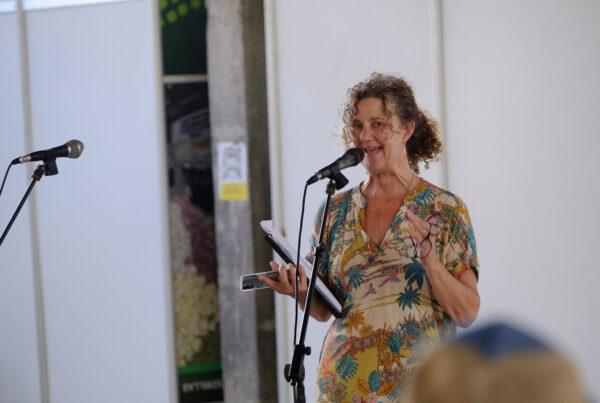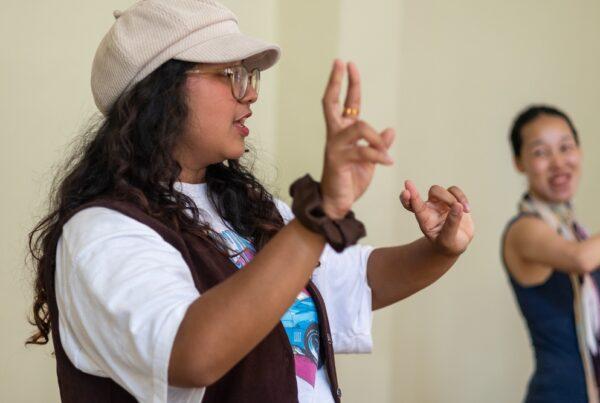We set sail! The first performance within the World Conference of Performing Arts for Children and Young People, the central annual gathering of the International Association of Theatre for Children and Young People (ASSITEJ International), and the 5th edition of the FAS Festival (Asitež Serbia Festival) was ‘The Stolen Prince and the Lost Princess‘, directed by Branislava Stefanović of the ‘Little Theater Duško Radović’.
Imaginative and clever, the play speaks about the importance and benefits that arise from collaboration, connection, and cooperation on two levels. Firstly, in terms of content, playwright Den Totero in his play (adapted by Branislava Stefanović) tells the legend of twin siblings in the Chinese imperial kingdom. According to tradition, only a male child can inherit the throne, and a female must be executed. Through the character of the son, the prince, and later Emperor Joy (brilliant and skilful actor Aleksa Jovčić), the author corrects this centuries-old tradition and painful injustice. The brother recognizes that his sister is equally wise, brave, and worthy as he is, so he declares his sister Ti Vi (the brilliant Ivana Adžić) as co-ruler of the kingdom. It’s only when they both sit on the throne and when the law of equal gender rights is written on a piece of paper, that harmony is established.
In terms of form, the performance also connects different elements. From the very subtitle of the play – stage games in the Chinese style, makeup and costumes (Maria Marković Milojev), to set design (Tanja Žiropađa), music (Dragana Jovanović), and stage movement, it is clear that the performance relies on Chinese traditional theatre and Peking opera. The actors’ faces are painted white, with emphasized cheekbones, the costume is in the form of a kimono, the music has a typical melody of the Far East, and on stage, there is a gong and other percussion with a resonant, piercing sound (Nikola Veličković). On the other hand, there are also recognizable elements of farce and vaudeville, a genre that originated in Western Europe. Confusion about the genders of the twins is the initiator of the plot, scenes are short and dynamic, and actors enter, exit, and quickly parade across the stage. So, by combining different types of theatrical techniques from different parts of the world, an excellent performance is created.
By introducing the Narrator (joyful Marijana Vićentijević Badovinac), a comedic element was brought into the play. She serves as a guide through the story, never underestimating the audience by explaining what we’ve seen on stage; instead, she acts as a signpost that directs the plot. She also interacts with the actors on stage and the audience, breaking the fourth wall. Additional extravagance is provided to the performance through choreographic interludes (‘Youth Ballet‘ / Rehearsal Director Mila Stijak).
The great value of ‘The Stolen Prince and the Lost Princess’ lies in its successful avoidance of a patronizing and didactic approach to the audience while teaching us about the importance of questioning tradition and dogmas from earlier generations, acknowledging that sometimes old customs must be transcended in a new context. All in all, the setting sail has begun very successfully. We can only wish for an equally smooth sea ahead.
Divna Stojanov is a Dramaturg and Playwright. She also writes theatre reviews.








